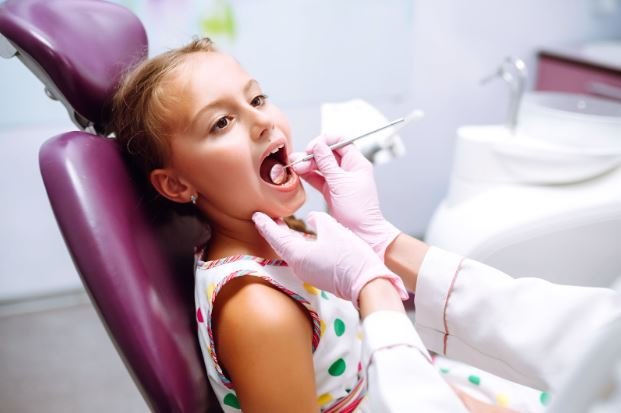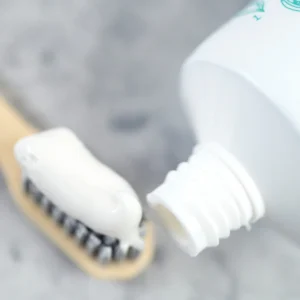
Pediatric oral surgery can be a daunting prospect for both children and their parents. At Little Smiles of Beverly Hills, we understand the importance of providing compassionate, expert care to ensure a positive experience for your child. This guide will help you understand the various types of pediatric oral surgery, why they might be necessary, and how to prepare your child for a successful procedure.
Understanding Pediatric Oral Surgery
What is Pediatric Oral Surgery?
Pediatric oral surgery refers to surgical procedures performed on the teeth, gums, and jaw of children. These procedures are often necessary to address issues that cannot be resolved through more conservative treatments.
Why Pediatric Oral Surgery Might Be Necessary
There are several reasons why a child might require oral surgery:
- Tooth Extraction: Removal of severely decayed or damaged teeth.
- Impacted Teeth: Surgical intervention to correct teeth that are unable to erupt properly.
- Dental Injuries: Treatment of trauma-related injuries such as fractured teeth or jawbones.
- Orthodontic Needs: Surgical procedures to correct structural issues that affect the alignment of teeth and jaw.
- Cysts and Tumors: Removal of benign or malignant growths in the oral cavity.
Types of Pediatric Oral Surgery
Tooth Extraction
Tooth extraction is one of the most common types of pediatric oral surgery. It may be necessary for:
- Severely decayed or infected teeth.
- Teeth that are causing overcrowding or impeding orthodontic treatment.
- Impacted teeth that are not erupting properly.
Frenectomy
A frenectomy involves the removal of a frenulum, a small fold of tissue that restricts the movement of certain parts of the mouth. This procedure can help address issues such as tongue-tie or lip-tie, which can affect speech and feeding.
Pulpotomy and Pulpectomy
These procedures are performed to treat severe tooth decay that has reached the pulp, the innermost part of the tooth. A pulpotomy involves the removal of the infected pulp tissue, while a pulpectomy involves the complete removal of the pulp and the filling of the tooth with a biocompatible material.
Corrective Jaw Surgery
Corrective jaw surgery, also known as orthognathic surgery, is performed to correct severe misalignment of the jaws that cannot be treated with orthodontics alone. This surgery can improve chewing, speaking, and breathing, and enhance facial appearance.
Preparing Your Child for Pediatric Oral Surgery
Consultation and Diagnosis
The first step in preparing for pediatric oral surgery is a thorough consultation with your kids dentist at Little Smiles of Beverly Hills. During this visit, the dentist will:
- Conduct a comprehensive examination of your child’s oral health.
- Take necessary X-rays and diagnostic images.
- Discuss the recommended surgical procedure and its benefits.
Pre-Surgery Instructions
Before the surgery, you will receive specific instructions to ensure a smooth and successful procedure. These may include:
- Fasting Requirements: If sedation or general anesthesia is required, your child may need to fast for a certain period before the surgery.
- Medications: Inform the dentist of any medications your child is taking, as some may need to be adjusted or paused.
- Comfort Items: Bring your child’s favorite blanket or toy to help them feel more at ease.
Day of Surgery
On the day of the surgery:
- Arrive Early: Arriving early allows time for any last-minute preparations and paperwork.
- Stay Calm: Your calm demeanor will help reassure your child and reduce their anxiety.
- Follow Post-Surgery Care Instructions: After the surgery, the dentist will provide detailed instructions for post-operative care, including pain management, diet, and activity restrictions.
Post-Surgery Care and Recovery

Managing Pain and Discomfort
Pain and discomfort are normal after pediatric oral surgery. The dentist may prescribe pain medication or recommend over-the-counter pain relievers to help manage any discomfort. It’s important to follow the dosage instructions carefully.
Diet and Nutrition
A soft diet is usually recommended for the first few days following surgery. Encourage your child to eat nutritious, easy-to-chew foods such as:
- Applesauce
- Yogurt
- Mashed potatoes
- Smoothies
Oral Hygiene
Maintaining good oral hygiene is crucial during the recovery period. Follow these tips to keep your child’s mouth clean and promote healing:
- Gentle Brushing: Use a soft-bristled toothbrush to gently clean your child’s teeth.
- Rinsing: Avoid vigorous rinsing or spitting, as this can disrupt the healing process. Instead, use a mild saltwater rinse to keep the mouth clean.
Follow-Up Visits
Regular follow-up visits with your pediatric dentist at Little Smiles of Beverly Hills are essential to monitor your child’s healing progress and address any concerns. The dentist will check for proper healing and ensure that there are no complications.



